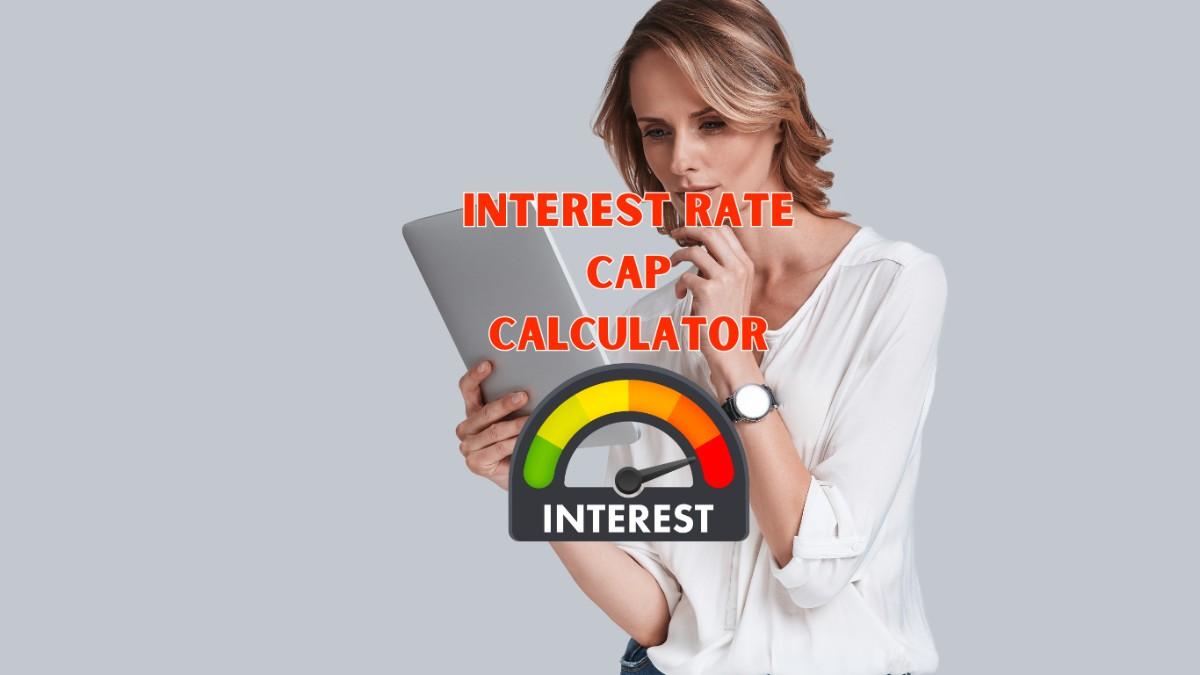Introduction
Rate fluctuations can increase the cost of borrowing, disrupt cash flow and negatively impact the profitability of a business. One of the most efficient strategies to reduce the volatility of interest rates is an interest rate cap.
The Chatham Rate Cap Calculator is a vital tool that allows borrowers to calculate the costs of interest rate caps. It evaluate various financial scenarios and make informed choices regarding the management of financial risk. This guide will explain the basics of interest rate caps. And the variables that influence their price and also how they affect the price of borrowing. Chatham Rate Cap Calculator simplifies the process.
What Is Chatham Rate Cap Calculator?
A interest rate cap is a financial derivative created to shield borrowers from rising interest rates on floating rate loans. It serves as an insurance policy assuring that the interest rate paid by the borrower are not over a predetermined threshold. And also known as the strike rate. If the benchmark rate (e.g., SOFR or LIBOR) is higher than the strike rate the cap provider pays the borrower the difference.

$23,000
Indicative Price for a 1 Year 5% Constant Strike Cap
| Strike | 1 Year | 2 Year | 3 Year | 4 Year | 5 Year |
|---|---|---|---|---|---|
| 1.00% | 748,000 | 1,375,000 | 1,993,000 | 2,617,000 | 3,239,000 |
Key Components of an Interest Rate Cap
A cap on interest rates consists of three components:
- The Notional Amount The principal of the loan that is covered by the cap.
- The term - The length of cap protection.
- Strike Rate The highest interest rate that a borrower can pay.
The case where a company secures the $50 million loan with a 3 % strike rate and SOFR increases above 3 % . Then the cap will ensure that the borrower's effective rate is kept at or less than 3 %.
How the Chatham Rate Cap Calculator Works
The Interest Rate Cap Calculator simplifies the procedure of determining the price for a cap on interest rates. By taking into account the most important financial variables. The user inputs information like:
- The loan amount
- The term loan
- Strike rate
- Market interest rate environment
- Expected interest rate volatility
After entering these details after which the calculator will provide the real-time estimation of the cap's premium. That allows businesses to assess whether buying an interest rate cap is compatible with their financial plan.
Step-by-Step Guide to Using the Chatham Rate Cap Calculator
- Enter the details of your loan Input the notional amount, the start date, and date of maturity.
- Select index type Choose between SOFR and LIBOR according to the loan's conditions.
- The Strike Rate - Determine the maximum interest rate on your loan.
- Select Payment Frequency Monthly or quarterly, or even annually.
- Calculate Cost The tool will calculate an estimated cap-priority and an annualized cost.
- Analysis of Results - Use the analysis of sensitivity to evaluate various rate scenarios.
This allows companies to make informed decisions and improve their strategy for risk management.
Factors Affecting the Cost of Chatham Rate Cap Calculator
The price of interest rate caps is influenced by various factors, each of which plays an important impact on the final cost. These include:
1. Notional Amount
The notional amount represents the total amount of the loan that is being secured. In general, higher notional amounts result in higher cost of caps. For instance:
- Caps of $100 million are typically more expensive. 100 million dollar cap will typically cost twice as much than the $50 million cap in the event that the other factors remain the same.
2. Cap Term
The term of the cap is the length of time that the borrower is safe from interest rate increases. Caps with longer durations are generally more expensive due to the probability of fluctuations in interest rates increases with time. Furthermore, the cost of caps doesn't increase linearly, and longer periods generally result in substantially higher prices.
3. Strike Rate
A lower strike rate implies that that the cap will be activated more often, increasing the cost. A higher strike rate leads to lower prices because it decreases the probability of payouts made by the cap company.
4. Key Rate and Market Conditions
The key rate is a reflection of market expectations for future interest rates. If financial markets are anticipating more interest rates then the cost of a cap on interest rates will increase. The Chatham Rate Cap Calculator uses the current rates in real-time to provide precise estimations of pricing.
5. Interest Rate Volatility
A higher level of volatility increases the likelihood of spikes in interest rates which makes caps more expensive. If the market is expecting significant rate changes the cost of purchasing a cap on interest rates rises in line with the expected rate fluctuations.
Lender Considerations and Cost-Reduction Strategies
Some lenders require that borrowers buy interest rate caps in exchange to loan approval. However, borrowers may negotiate terms for the cap to cut costs. Here are a few options:
1. Adjusting the Strike Rate
The majority of lenders specify a strike rate. But, some lenders provide flexibility that allows borrowers to adopt the step-up structure for their strike rates that allows the cap's strike rate rises over time. This could lower upfront costs.
2. Shortening the Cap Term
If the lender is required to set an amount for the entire loan period (e.g. five years) the cost could be substantial. Borrowers could agree to shorter time frames or extend the coverage further, thus reducing the initial cap cost.
3. Understanding Credit Rating Requirements
Cap providers have the minimum requirements for credit ratings. Certain contracts require borrowers to replace caps in the event that the provider is rated down which could result in additional costs. The negotiation of these terms could help to reduce unexpected costs.
4. Managing Index Rounding Rules
Certain loans require that interest rates be round to a certain amount of decimal places, which can affect the way caps function. Making sure the cap's rounding structure is in line to the loan agreement will help avoid unnecessary costs.
Why Businesses Should Use the Interest Rate Cap Calculator
The Interest Rate Cap Calculator has many advantages:
Real-time Pricing Accurate cost estimates based upon current market data. Customizable inputs Cap structures can be customized to meet specific loan requirements. Sensitivity Analysis Examine different terms and strike rates to determine the most efficient solution. user-friendly interface Quickly generate results with no complicated financial modeling.
Conclusion: Take Control of Interest Rate Risk
Rate caps on interest rates are a useful instrument for managing the risk of financial loss. Thereby protecting the borrower from unforeseen rates of interest. The Interest Rate Cap Calculator simplifies the pricing process, allowing companies to make informed choices about their loan structure.
By gaining an understanding of the key cost drivers like the notional amount and time, strike rate and market conditions. The borrower can limit risks and obtain affordable hedging options.
If you're thinking about an interest rate cap, begin with the Interest Rate Cap Calculator to research your options and make sure you get the best terms to meet your financial goals.

